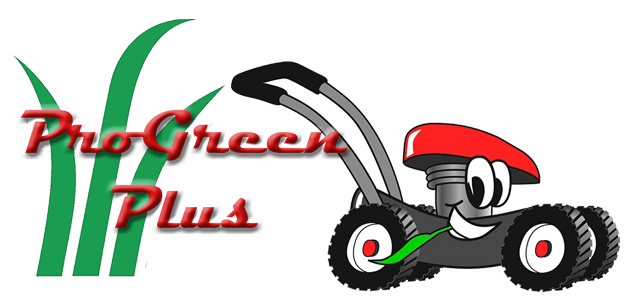Finding the Right Lawn Mower Blade for Your Mower

When it comes to lawn mower blades, you might assume that they are all pretty much the same. However, did you know that the center hole on lawn mower blades is actually proprietary and trademarked by each manufacturer? This means that each manufacturer has a different design for the center hole on their blades, and they are not interchangeable with blades from other manufacturers.
Aftermarket manufacturers of lawn mower blades cannot use the shape that is used on the OEM part. Therefore, they have to create their own design that works with the OEM blade spindle.
AYP / Craftsman / Sears / Husqvarna / John Deere typically uses a five-pointed star shape for their blade center hole.
MTD / Troy Bilt / Toro / Cub Cadet / Yard Machines uses a six-pointed star shape for their blade center hole for riding mower blades and often use a “bow-tie” shape center hole for their push mower blades.
The reason for this is that the center hole on a lawn mower blade is designed to fit a specific type of spindle, which is the component that connects the blade to the lawn mower. Different manufacturers use different spindle designs, which means that the center hole on their blades needs to be compatible with their particular spindle design.
It’s important to keep this in mind when purchasing replacement blades for your lawn mower. You will need to make sure that you are purchasing blades that are specifically designed for your make and model of lawn mower. Using blades from another manufacturer, even if they look similar, could result in poor performance, damage to your lawn mower, or even injury to yourself or others.
If you’re unsure about which replacement blades to purchase for your lawn mower, it’s always best to consult the owner’s manual or contact the manufacturer directly. They will be able to provide you with the information you need to ensure that you are purchasing the correct replacement blades for your lawn mower.
In conclusion, the center hole on lawn mower blades is not a one-size-fits-all design. Each manufacturer has their own proprietary design, and it’s important to use blades that are specifically designed for your make and model of lawn mower. By doing so, you can ensure optimal performance and avoid any potential safety hazards.
How do the aftermarket manufacturers stack up? Check out the video below to see how they do it.









 Landscape contractors have a lot of choices when it comes to their string-line grass trimmers. But according to a recent survey of Green Industry PRO readers, four brands have emerged from the pack.
Landscape contractors have a lot of choices when it comes to their string-line grass trimmers. But according to a recent survey of Green Industry PRO readers, four brands have emerged from the pack.




 ProGreen Plus Small Engine Repair Receives 2012 Best of Knoxville Award
ProGreen Plus Small Engine Repair Receives 2012 Best of Knoxville Award





